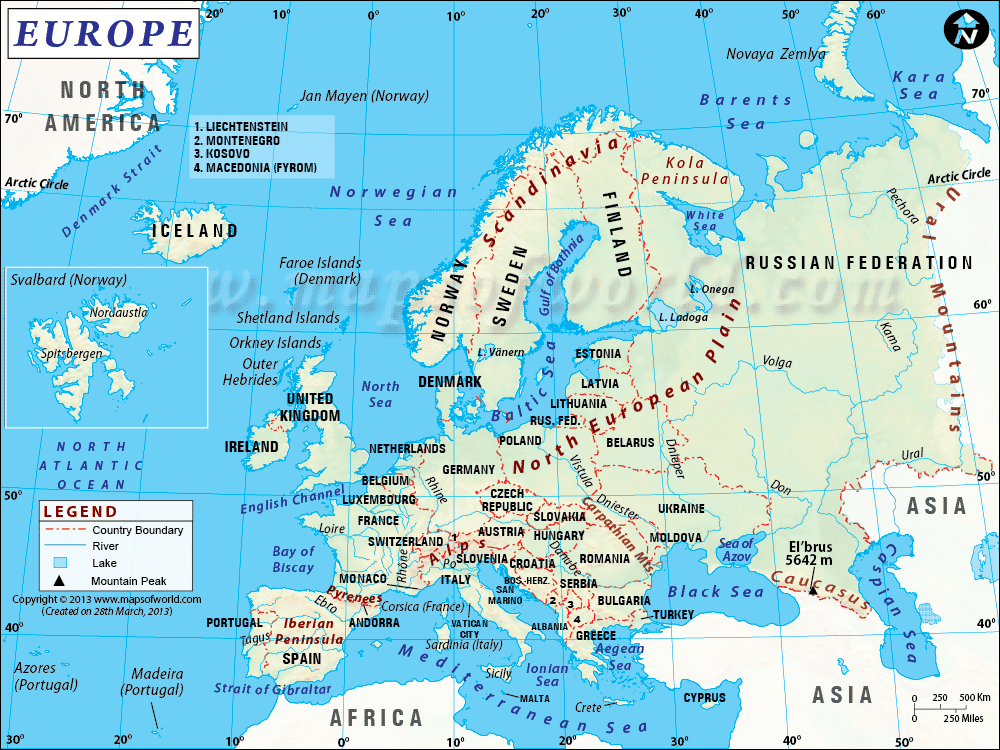These MCQs are based on Today’s Targets given here
Q.1) Consider the following statements about Systemically Important Banks:
1. Systemically Important Banks are those banks which are considered “Too Big to Fail”
2. Only Public Sector Banks can be declared as Systematically Important Banks
Select the correct answer using the code given below:
a) 1 only
b) 2 only
c) Both 1 and 2
d) Neither 1 nor 2
Ans. A
Explanation:
Any Big Bank can be declared as SIB. India has declared SBI, ICICI and HDFC as SIBs.
Read More: http://www.ias4sure.com/wikiias/prelims/systemically-important-banks/
Q.2) Consider the following statements about Namami Gange Project:
1. Namami Gange Project is 100% centrally funded
2. It is being implemented by Ministry of Water Resources, River Development and Ganga Rejuvenation
Select the correct answer using the code given below:
a) 1 only
b) 2 only
c) Both 1 and 2
d) Neither 1 nor 2
Ans. C
Explanation:
Both statements are true.
Read more: http://www.ias4sure.com/wikiias/prelims/namami-gange-project/
Q.3) Arrange following water bodies from North to South
1. Norwegian Sea
2. North Sea
3. Bay of Boscay
4. Mediterranean Sea
Select the correct answer using the code given below:
a) 1, 2, 3, 4
b) 2, 1, 3, 4
c) 1, 2, 4, 3
d) 2, 1, 4, 3
Ans. A
Explanation:

Q.4) “Ground water contamination is a great challenge facing India today.” Which of the following is/are responsible for ground water contamination?
1. Arsenic
2. Fluoride
3. Nitrate
4. Sulphate
Select the correct answer using the codes below:
a) 1 and 2 only
b) 2 and 3 only
c) 1, 3 and 4 only
d) All of the above
Ans. D
Explanation:
The occurrence of arsenic is mainly due to two reasons: natural and anthropogenic.
High concentrations of fluoride in ground water are common in some of the semiarid areas of Rajasthan, southern Punjab, Gujarat, Karnataka, Tamil Nadu, Madhya Pradesh, and southern Haryana.
The sulphate content in groundwater is high in regions like Haridwar and Dehradun.The maximum limit of nitrate in drinking water is 50 ppm.
Excess nitrate in drinking water can cause disease such as methemoglobinemia (‘blue baby’ syndrome).